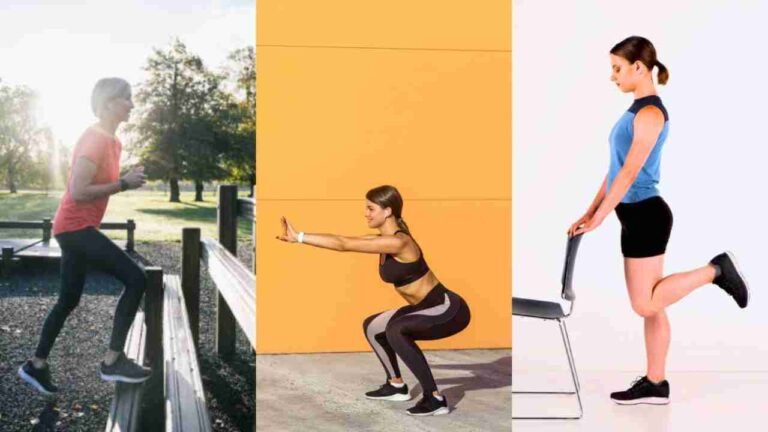When Should You Eat, Before or After Exercise?
November 15, 2025

Cardio vs. HIIT: Which Workout is Better for Weight Loss?
May 27, 2024

The Health Benefits of Evening Workouts for People with Obesity
April 15, 2024

How to lose weight fast working out from home?
April 8, 2024

Strengthening Knees: 5 Essential Exercises from Squats to Hamstring Curls
February 17, 2024










